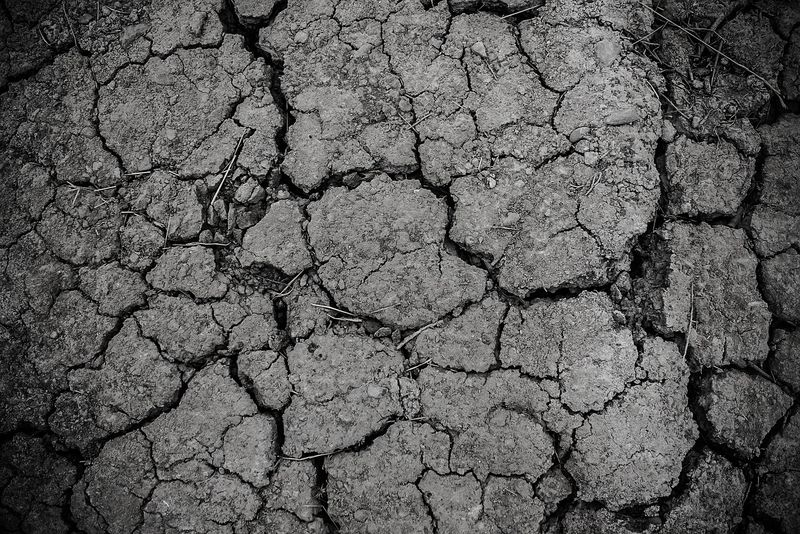
How Drought and Heatwaves Are Driving Up Europe’s Meat Prices
Extreme weather across Europe is not just breaking temperature records—it’s also breaking food budgets. Climate-related disruptions are creating a “perfect storm” that’s inflating the price of meat and straining farmers, supply chains, and household wallets.
Climate Extremes Are Now the Norm
Across Europe, the summer of 2025 has unfolded like a climate catastrophe in slow motion. Regions in Serbia and the Western Balkans have seen virtually no rain since late May. In Suva Planina, known as “Dry Mountain,” more than 1,000 livestock animals were left without water, forcing emergency water deliveries by tanker. Cracked soil and parched grasslands reveal the severity of the drought, which has devastated agriculture and forced cows to descend the mountains in desperate search of water.
But Serbia is not alone. Heatwaves swept through Turkey, Greece, and southeastern Europe, with temperatures surpassing 40°C. At the same time, northern areas like Hungary are facing potential desertification, with soil “critically dry” and crop failures slashing GDP contributions.
These conditions aren’t just a bad year—they’re becoming the climate status quo.
From Dry Grass to Empty Shelves: How Drought Impacts Meat Supply
Drought and heatwaves impact meat prices in two major ways:
They decimate feed crops like corn and soybeans, essential for raising poultry, pigs, and cattle.
They stress livestock directly, reducing their health, weight, and productivity.
In Serbia, corn crops are failing so badly that local farmers say even rain won’t help at this point. With underdeveloped irrigation systems, many rural farmers are helpless in the face of intensifying climate shifts. They now rely on government aid and emergency water to keep their herds alive.
This chain reaction—less feed, weaker animals, rising production costs—inevitably trickles down to the consumer in the form of more expensive meat.
Why Your Barbecue Costs More This Year
In the UK, what used to be a cheap barbecue is now a luxury. Beef burgers are up 53% from last summer, with a four-pack now costing nearly £4. Chicken thighs have also climbed, now 13% more expensive than in 2024.
The reasons go beyond weather alone:
Avian flu outbreaks have culled flocks.
Animal welfare reforms have reduced the number of chickens raised per shed.
And now, soaring demand—as people swap expensive beef for “cheaper” poultry—has begun to inflate chicken prices too.
Even the sides aren’t safe. Cheese slices, brioche buns, and soft drinks have all seen price bumps due to rising global packaging costs and higher sugar prices. In restaurants, food and drink prices continue to climb, putting pressure on hospitality businesses already struggling with staff shortages and reluctant spending.
What the Data Says: “Food-flation” Is Real
Recent research by Inverto, a supply chain consultancy, confirms what consumers are feeling: climate volatility is fueling food price spikes globally.
Between January 2024 and 2025:
Cocoa prices surged by 163%
Coffee rose 103%
Sunflower oil jumped 56% due to drought in Ukraine and Bulgaria
Beef prices increased by just over 25%
This isn’t an isolated incident. Analysts describe a broader, climate-driven trend they call “food-flation.” The Financial Times highlighted how even basic foods—potatoes in the UK, onions in India, and rice in Japan—experienced sharp price jumps after heatwaves, droughts, or floods.
Climate Economics: From Farms to Supermarkets
Let’s break down the ripple effect:
Drought ruins crops → Feed becomes scarce and expensive.
Livestock suffers → Farmers sell fewer animals; supply tightens.
Processors & retailers pay more → They pass on costs to supermarkets.
Shoppers feel the squeeze → Higher meat prices strain grocery budgets.
And it doesn't end there. As meat becomes expensive, many households are switching to alternatives—driving up the cost of those, too.
Economists warn this could lead to wider inflation, particularly in food-importing nations. Poorer households and rural regions suffer most, with food insecurity rising across multiple EU countries.
The summer of 2025 is a clear reminder that our food system is deeply intertwined with the climate. From pastures drying up in Serbia to supermarket shelves in the UK, the effects of extreme weather are no longer distant—they’re being felt directly at dinner tables across Europe.
Sources:
